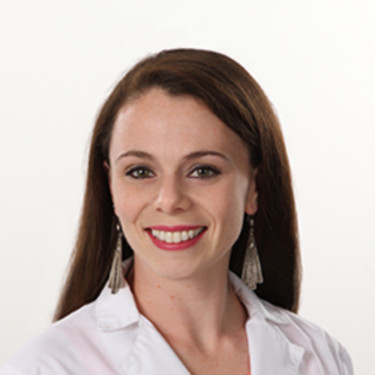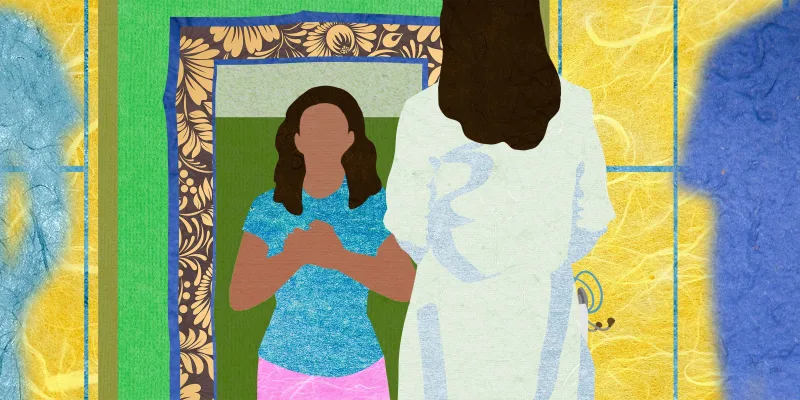It is quite demoralizing when I walk into a patient’s room and abruptly find out they are already angry with me before I’ve even introduced myself. Being greeted with “it’s about time” automatically sets a sour tone for the encounter. I try to apologize for the long wait; I truly do feel bad that patients must wait for hours to be seen. I also recognize that explaining the wait time is not helping me care for the patient and is a waste of our limited time together. I’ve found the positive-spin approach, “we see patients in the order of how close to death they are so it’s a good thing we aren’t rushing in to save you,” inevitably falls flat. Not infrequently, a patient will respond with something like, “I don’t care that someone else was stabbed in the chest, I was here first” or “I pay for good insurance, I deserve to be seen immediately.” The concept of a life-threatening medical emergency seems to be not well understood by much of the ED patient population.
Reflecting on a recent shift when the wait times were particularly long and the patients were particularly spiteful about it, I realized the majority of what I had been doing was not, in fact, the practice of emergency medicine. I saw 39 patients that shift, feeling more like a circus ringmaster than a physician. I spent far too long failing to track down an ALS interpreter at 2 a.m., trying to convince a man he couldn’t drive himself home drunk with a wrist fracture, re-evaluating TWO drunk men who fell in the ED and hit their heads for the second time that day, chasing an elderly man with dementia who was attempting to abscond, convincing a woman with a vertebral fracture not to leave against medical advice before obtaining her brace on her fourth similar ED visit, informing the man singing full volume Amazing Grace off key that others were trying to sleep, and listening to a man accuse me of not caring about him because I hadn’t found him an alternate rehab facility in a timely fashion, all to an alarm fatigue soundtrack of a demented lady yelling “help” on repeat.
As a result of these extracurricular adventures in patient management, I fall short of adequate time to provide medical care to the patients who are truly sick. The not-sick patients have the capacity to complain the loudest, resulting in frequent requests for me to see them sooner rather than later — the proverbial squeaky wheel gets the grease. Meanwhile, the truly sick patients are too sick to advocate for attention and are functionally ticking time bomb needles of potential bad outcomes buried in a haystack.
Like all types of doctors, we spend too much time doing the secretarial tasks of documentation, obtaining outside records, and answering phone calls, but with the added onus of unlimited patients. There is no “cap” to how many patients we can see in a shift. We aren’t limited by the number of patient rooms or beds — we fit people in chairs in the hallway. We aren’t limited by the number of appointment slots or daylight hours. We can’t close the doors and tell people to come back tomorrow. We can’t say we don’t accept certain insurances. If a person walks in the ED doors, we are legally obligated to address whatever their concern is.
The idealistic medical student in me chose emergency medicine because we are the safety net for society and because we provide necessary and equitable care to everyone regardless of ability to pay or insurance status. I now know that this system is far beyond broken and utterly abused. When people can’t get their basic human needs met in the community, they come to the ED because there is literally nowhere else to go. Many of our patients are undomiciled and present with nebulous, time-consuming-to-rule-out "medical problems," hoping for a warm place to sleep and a sandwich. We see countless patients brought in by police for intoxication. Without family or friends to pick them up, we wait for them to “metabolize to freedom” for hours. One might expect this to be a passive “sleep-it-off” process, but it often requires trauma and/or medical evaluations to rule out alternate causes of altered mental status or intense, ongoing negotiations and redirection. One especially drunk patient actually called 911 from the ED, on me, because I wouldn't let him walk home several miles at 3 a.m., too drunk to reliably not get hit by a car or freeze to death.
Alcohol and substance abuse often go hand-in-hand with psychiatric illness. Plenty of intoxicated patients must be observed for hours to reassess for suicidality or persistent psychosis once clinical sobriety has been achieved. Psych patients can stay in the ED for days because there are no psych beds available in the town and sometimes the state. One patient stayed with us for 40 days because he had been violent in and banned from every facility in the state. Behavioral problems extend to the elderly with dementia. Nursing homes send us patients with violent behavior because they can’t safely care for them anymore. It becomes our responsibility to re-house them. Caregivers become exhausted and overwhelmed with elderly family members when their home services run out and bring them in for long-term placement. Or the elderly living alone become just too unsafe to continue to stay home. These patients board for days awaiting physical therapy and case management evaluations and then insurance authorizations for rehab or nursing home placement.
When the rest of the health care system breaks down, the common denominator is for patients to come to the ED. Many patients report trying to go to their primary care doctor, but the next available appointment isn’t for six months. Other patients think they can expedite their non-emergent outpatient work-up by coming to the ED. Urgent care centers send us patients because it’s 4 p.m. on a Friday. We get transfers from other hospitals for specialist consult, but the path of least resistance is always ED-to-ED transfer without the consultant committing to a direct admission. Patients are even sometimes directed to present to the ED for planned procedures in lieu of the traditional pre-op route to the OR.
The problems I am tasked with solving are things I am not trained for, and minimal infrastructure exists to help me do it. Our social workers, physical therapists, case managers, psychiatric counselors, and substance use counselors are immensely important and helpful during bankers’ hours, but they, too, are shackled by a paucity of community resources. A majority of our patients would be better served elsewhere if the appropriate social services and primary care networks actually existed. The meager shelters, rehabs, nursing homes, group homes, and psych facilities are inevitably full to capacity. Not to mention, services all come to a grinding halt at 5 p.m. on Friday afternoons. By definition, a mass casualty incident is when the need exceeds the resources available. We are currently operating in disaster mode. The ED is the canary in the hospital’s coal mine.
My plea is that we develop primary care networks, community resources, and a societal safety net OUTSIDE of the ED so that the ED can care for our medical patients appropriately. We can't do that without political, governmental, and financial support. People complain about paying taxes and vote against "socialist" policies, but then come to the ED and complain viciously about the wait times and stale sandwiches. If we rightfully expect the ED to function as it was intended — to stabilize critically ill patients expeditiously and get them to their appropriate disposition — then we should support building the social services necessary to offload the non-medical ED patients into the appropriate avenues. Otherwise, bring your own snacks and expect a long, cacophonous wait.
What do you think can be done to improve the ED's function? Share in the comments.
Dr. Jenny Jones is a global emergency physician in Massachusetts. She enjoys dancing, aerial arts, and drawing silly anecdotal cartoons. She is a 2023–2024 Doximity Op-Med Fellow.
Illustration by Jennifer Bogartz







